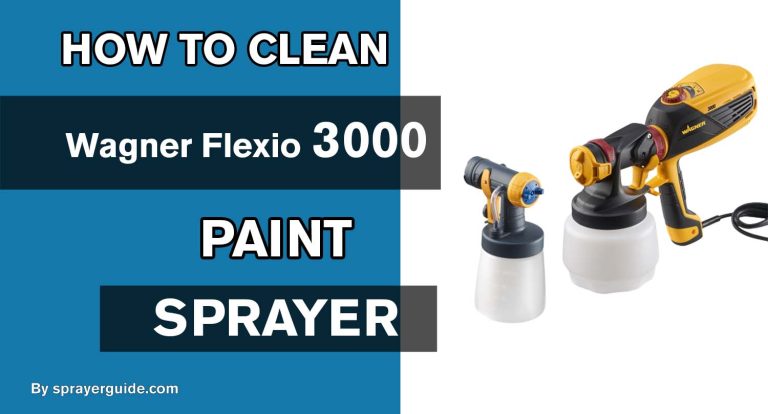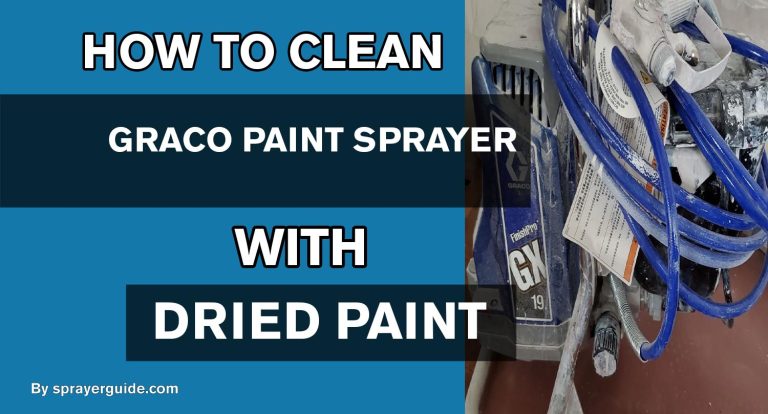Looking for a simple way to improve your car or truck? Painting a plastic bumper with spray cans can be easy and inexpensive. With some careful preparation and high-grade paint, it’s possible to get professional results right at home. In this blog post, we’ll go over the basics of painting a plastic bumper by discussing key topics such as the importance of surface preparation, choosing suitable products for the job, and application tips to ensure durability and longevity. Whether you’re a novice painter or an experienced DIYer, follow our step-by-step instructions to give your vehicle that sparkle!

How To Paint A Plastic Bumper With Spray Cans
List of Materials Required for Painting Bumper Plastic:
- Primer for plastic bumpers
- Plastic adhesion promoter
- Sandpaper (150 to 600 grit)
- Masking tape and newspapers
- Acrylic paint in spray cans (matching the color of your vehicle)
- Clear coat in a spray can
- Wax and polish
1. Prepare the Working Area:
Before beginning, work in a well-ventilated area, preferably outdoors or in a garage. Put newspapers and masking tape on the nearby surfaces to keep paint from getting on them. Wear protective gear such as gloves, glasses, and facial masks when painting your car bumper.
2. Remove the Bumper:
Carefully remove your car’s bumper so it doesn’t get broken when you remove it or put it back on. It is recommended to take pictures of its position before removing it for easy reference later. Once removed, place it on a flat surface for cleaning and sanding.
3. Clean and Sand the Surface:
Using sandpaper of 150 to 600, sand the whole surface until smooth. Wipe the bumper plastic with the mineral spirit or acetone to remove dust and debris from sanding.
4. Apply Adhesion Promoter and Primer:
To put an adhesive promoter on the bumper plastic, follow the directions on the back of the package. Once the paint is dry, cover every surface with several coats of primer. Let each coat dry before moving on to the next.
5. Paint in Multiple Coats with a Clear Coat:
Spray several even coats of paint over the primer layer until you get a smooth finish in your desired colors. Make sure to let each coat dry completely before starting the next one. Lastly, put on a few layers of clear coat to protect it from scratches and normal wear and tear.
When everything is dry, you can put the bumper back on and wax and polish it. Follow these steps to use spray cans to paint your car bumper. This will help you get a finish that is smooth and even and will last. To stay safe while painting, you should always work in a well-ventilated area and wear safety gear. Giving your car a personal touch is easy with the right tools and materials.
Frequently Asked Questions:
The cost of paint, primer, and other things you need to paint depends on how big and complicated your project is. Talking to a professional estimator or painter for the most accurate quote is best.
Many kinds of car paint can be used on plastic parts like bumpers. Usually, it would help if you had a primer before you paint, so make sure the primer and paint you choose go well together. Also, make sure the paint you’re using is made for the outside of the car. Some paints are only made for the inside of the car.
Yes, priming your plastic bumper is necessary before you paint it. Primer helps the paint stick well to the plastic bumper surface, which makes the finish last longer.
This will depend on your bumper’s size and what kind of paint you use. Generally, one or two spray cans are enough for small projects, while three or four cans may be needed for bigger ones. Make sure to read the directions on the spray carefully can and follow them to get the best results.
Conclusion:
Finally, painting a plastic bumper with a spray can is not the best method. It would help if you were patient, planned, and had the right tools to get good results. Taking your time ensures you don’t skip any steps and end up with something you don’t want. Then, using sandpaper and filler primer, prepare the surface for painting. After you’ve smoothed everything out, apply at least one clear coat and one or two coats of base coat. To ensure that the layers adhere well, allow each coat to dry completely before applying the next.
Read More:
- How Long Does Primer Spray Paint Take To Dry
- How To Spray Paint Wood Chairs
- How To Thin Water-Based Paint For Roller
- How Long Does Spray Paint Take To Dry Metal
- Is It Better To Spray Or Roll the Interior Paint
- Does A Paint Sprayer Use More Paint Than A Roller
- How To Thin Water-Based Paint For Spraying
- How To Clean Wagner 350 Paint Sprayer
- How To Paint A Textured Ceiling With A Roller
- Which Is Better, Air Or Airless Paint Sprayer
- How To Use Hvlp Spray Gun
- How Long Does Spray Paint Take To Dry On Cardboard
- Graco Magnum Prox17 VS X5






